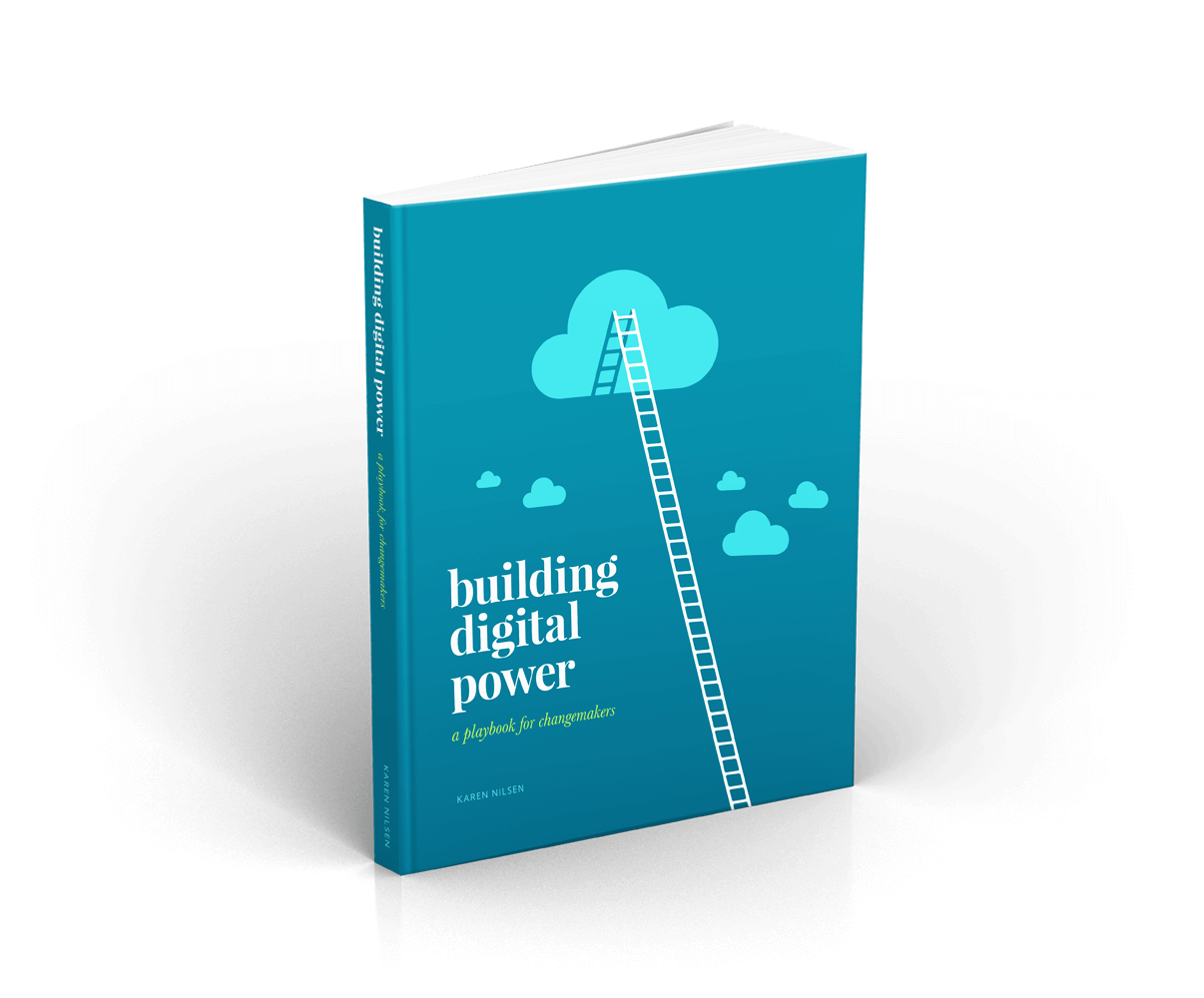Get a free digital strategy tip of the week:
Unsubscribe any time. We respect your data. View the privacy policy.
Consider the moment before your supporter decides whether to open your email. They must sacrifice something in order to give you their attention.
For several years, I drove a strategy at Animals Australia to send ‘thank-you’ emails to action takers that were jam-packed with followup
The needs of supporters at opposite ends of the engagement spectrum are very different. So are the opportunities. If you are tracking your
What if you could say the right thing, to the right person, at the right time (while you sleep)? The future of communications
Inboxes aren’t often exciting places. Neither are the majority of web pages, if we’re honest. This can work to your advantage. Your
Here’s an important piece of digital communication that you’ve probably never read: Few of us pay attention to stuff like
These folks are some of the most innovative and transformative communicators in (and beyond) our movement. And they’re on a mission to help
When it comes to targeting the best supporters for specific activities, many of us are using (or have used) the sub-list model.
I know what you’re thinking. “Subject lines”. And you’d be right. Subject lines are hailed as the ‘be all and
Let’s be honest, this stuff is hard. Never in human history has there been a communication medium more competitive than the Internet.
There’s more than one way to build an email list. The various types of digital assets you can use to attract people to
If we want to get the most out of email, we need to make it personal. If every message we send sounds
Every time you email your supporter, you’re doing much more than delivering a message. You’re cultivating a relationship. If
You might know definitively that your call-to-action (CTA) is the single-most strategic thing your supporters can do today to help your cause.
A token is a little snippet of encoded data that identifies a supporter and can be attached to links in your email broadcasts.
How to Write CTAs Like a Boss
Whether you’re seeking donations or actions, the formula for writing an effective CTA is pretty simple. To persuade your supporter to drop everything and respond to ask, you need to convince them of two things:
- Why this action.
- Why now.
Why THIS action
To answer ‘why this action’, you’ll need to do better than simply telling your supporter what you want them to do. You’ll need to articulate—you guessed it—why. This is the foundation of a supporter-focussed theory of change.
Learn to write an effective supporter-focused theory of change.
Why NOW
If you can point to a reason why your supporter needs to act now (and not tomorrow, next week, or next year), then you can dial up persuasiveness by introducing urgency. There’s a name for this approach: the ‘ Crisitunity’ (Crisis + Opportunity). Think of a Crisitunity as your supporter-focussed theory of change on steroids.
Learn how to use the ‘crisitunity’ model to dial urgency in your asks.
How to build your own digital power, in 200 pages.
Free eBookPlace your supporter at the heart of your change story
And finally, if it’s not clear how your supporter holds the key to creating change, then they’ll have every reason to sit back and expect someone else (probably you) to do the hard work. What makes your supporter uniquely positioned to effect change? Let them know.
Learn how to make your supporter the ‘hero’ of change stories.
Together, these techniques appeal to both the ‘head’ and the ‘heart’. They treat your supporter with respect, and allow them to recognize—and own—their power as a changemaker.
Was this tip useful?


Like this tip? Share it!






